Very large Japanese Imari polychrome hanging dish, Edo period, ca.1700.
Ø 61.5 cm H 9 cm
€ 700,00
Prijs incl. 6% BTW & Verzendingskosten
Meer informatie
Imari ware (Hepburn: Imari-yaki) is a western term for a brightly colored style of Arita ware.Japanese export porcelain, made in the Arita area in the former Hizen province, northwestern Kyūshū. They were exported to Europe in large quantities, especially between the second half of the 17th century and the first half of the 18th century. Typically Imari ware (in the English usage of the term) is painted in underglaze blue, with red, gold, black for outlines, and sometimes other colors added in overglaze. In the most characteristic floral designs, most of the surface is colored, with “a tendency to over-decorate. Japanese imari has a thicker shard, is usually baked on proenen and often has a somewhat blackish blue color compared to Chinese imari. From ca. 1700 Japanese Imari was also copied by the Chinese, a type known as Chinese Imari At the same time, European kilns, such as Meissen and English potteries such as Johnson Bros. and (Royal) Crown Derby, also imitated the Imari and Kakiemon Style. An extremely large round Japanese porcelain hanging dish with copper suspension system is shown. The shard is thick and coated with a white glaze. The dish is hand-painted in the so-called Imari pallet with underglaze (light and dark) cobalt blue and with overglaze enamel colors iron red with gilding. In addition, we also see green, purple and brown enamels. In the center of the shelf is a circular floral decor in cobalt blue, depicting four lotus flowers with curls. This is surrounded by a white band. Externally, a blue and white band with cloud motifs is painted. The rest of the shelf and transition are excellently painted polychrome with different sections. We see three trapezoidal boxes with a diamond pattern in dark green in which an eight-lobed cartouche bordered by cobalt blue, in which we see a light brown lion figure surrounded by a peony and lotus plant. Also three boxes of iron red and gilded peony and rocks with butterflies in the sky. Three compartments with 2 ducks under a prunus tree that rises behind a rock, separated by a lightning in cobalt blue from a diaper pattern in manganese. Also six triangular panels with coral red ground with gilded curls and a stylized white butterfly or moth in the center. All this is bordered by two concentric round blue lines. The narrow border shows alternating elongated panels in blue diaper pattern, panels in coral red ground with white and gilded lotus flowers and panels with green ground with iron red white rimmed lotus flowers with gilt curls. The lip is painted brown. The back is glazed, except for the foot ring. We also see the copper suspension system. In the center we see the remains of baking sticks, organized in the round. The latter points to a Japanese origin. This fantastic dish dates from the early Edo period, late 17th or early 18th century, around 1700. Top dish!
Condition: a firing flaw in the center of the plate, also some pits at the front and back. Otherwise perfect. No cracks, chips, hairlines, no restorations. Almost perfect despite the age and dimensions!
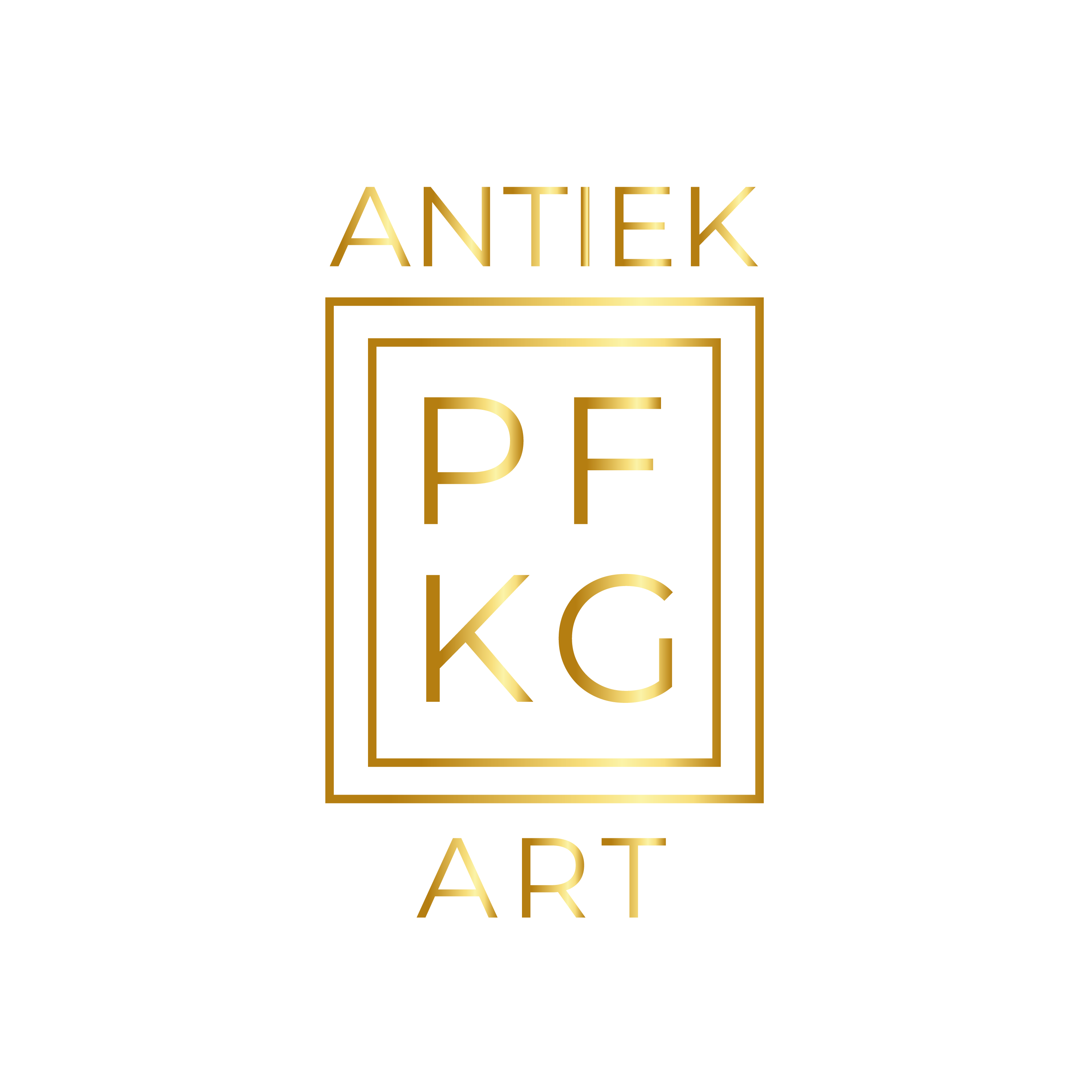


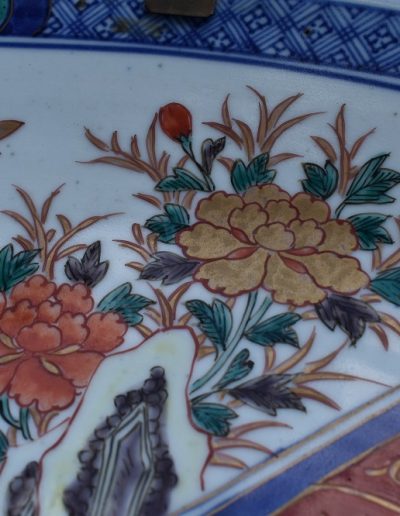

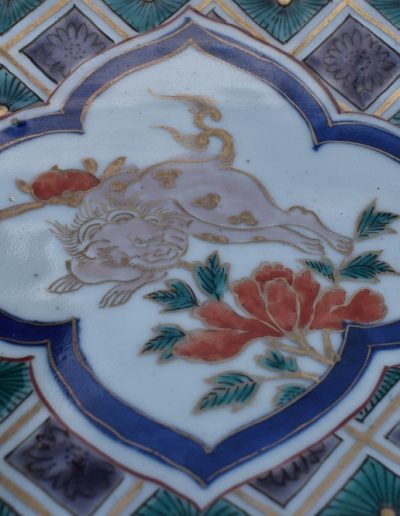

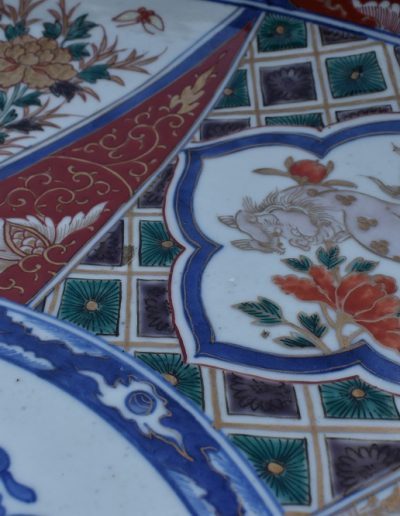
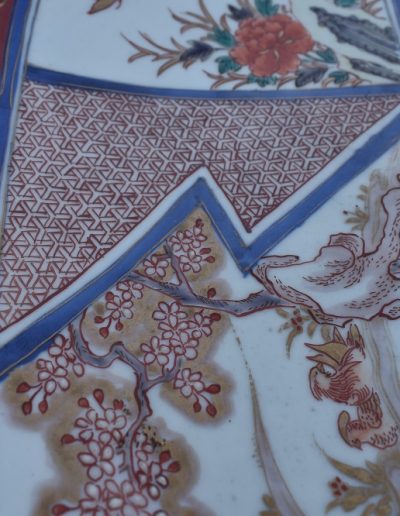
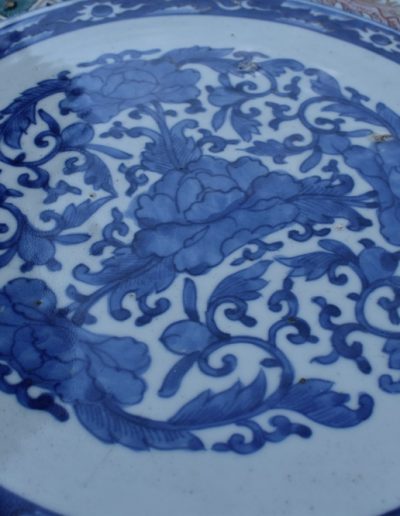


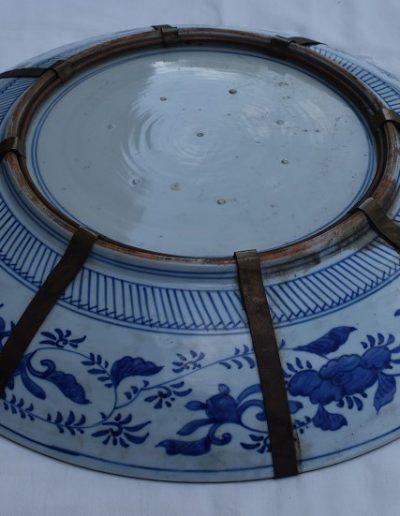
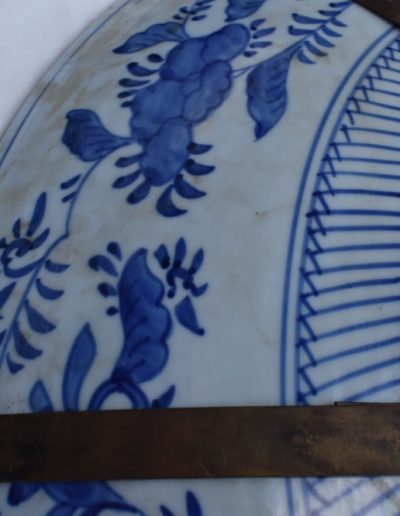

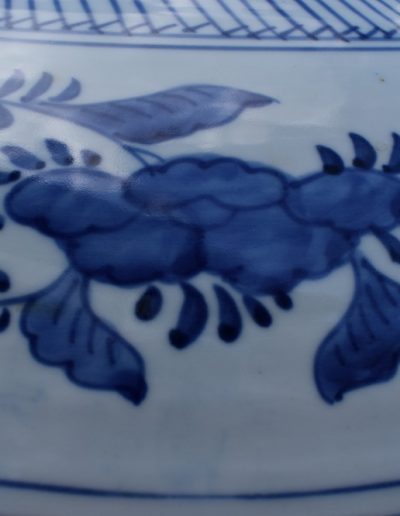

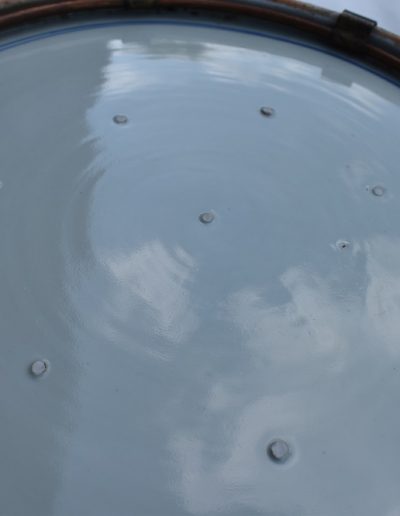
Reviews